This is What a “Sacrifice Zone” Looks Like
I Entered “Some Kind of Environmental Hell”
THIS PROPERTY CONDEMNED
Under the cities lies a heart made of ground
But the humans will give no love. ~~~ “A Horse With No Name” America (1972 – listen)
Chris Hedges has written and spoken about places he calls “sacrifice zones” – (in addition to hitting those links, you should watch Bill Moyers’ interview before proceeding with this post).
We have another nomination for that odious distinction.
I closed my last post about the Troy Chemical Superfund site with a photo and caption that contrasted Troy’s lush suburban corporate office park headquarters in Morris County with the conditions of their workers in urban Newark, NJ.
So, today, we take a look at those Newark conditions I observed while visiting the Troy Chemical facility.
The full experience requires far more than a mere look at these photos: the place assaults not just the visual perception, but senses of smell, taste, hearing, feeling, and the moral conscience.
I’m no writer or artist, but the scene was out of Dante or Blake or Bosch – surely beyond the “dark satanic mills” industrial nightmare.
I simply could not take photos of the people I saw.
For to do so would dehumanize, humiliate, and shame them for the utterly deplorable conditions imposed on them – as they emerged from sleeping in their cars, labored in oppressive heat and pollution, or gathered socially in rubble strew abandoned and toxic landscapes that served as makeshift parks and “public” places. Green Acres, not.
The first thing I noticed as I got off the highway and onto local roads was the terrifying assault of noise and fumes from the low flying landing jets and the constant barrage of trucks.
The air was almost moist with the sweet nauseating fumes of organic chemicals.
As I drove at 15 mph (the maximum speed on what passed for a paved road could safely handle) with the windows down, breathing the odors of the huge sewage plant was almost an improvement, as its musky smell masked the organic chemicals and choking truck fumes.
As I parked the car in abandoned lot and walked around, fearing that it might be stolen and that I might get shot, the heat blasting down from the sun and reflecting back up from the pavement and the dust from the rubble strew beyond pothole pocked local roads was oppressive.
Huge 2 – 3 foot mounds and depressions almost made driving a car impossible in places.
Construction debris, piles of soil, and junk of all sorts was disposed of randomly by the roadside.
Mountains of stacked cargo crates towered – adjacent to impromptu landfills of so called “recyclable” debris.
Stagnant waters, swamps, and mudflats gave off a stench that could make a person wretch.
Abandoned grafitti marked industrial buildings crumbled – not even the homeless squatted there.
The place I was at was not some third world country – but in the heart of the largest city in one of the richest States in one of the wealthiest countries of the world.
But amid the chaos and debris and human depravity I could not even photograph, I noticed that the light poles had solar arrays.
Welcome to Newark, NJ – portions of the place I’ve previously written about as “the worst place in NJ – Toxic Torture“ –
I heard that DEP is looking to enforce illegal waste disposal, so take a look (or is DEP only interested in the pretty places? Do DEP enforcement people ever even wander into this neighborhood down these mean streets?):
Note: belated hat tip to Piri Thomas, whose great book of that title I read in Junior High School, along with the poetry of Amiri Baraka, the recently deceased father of the current Newark Mayor, who back then was called LeRoi Jones:

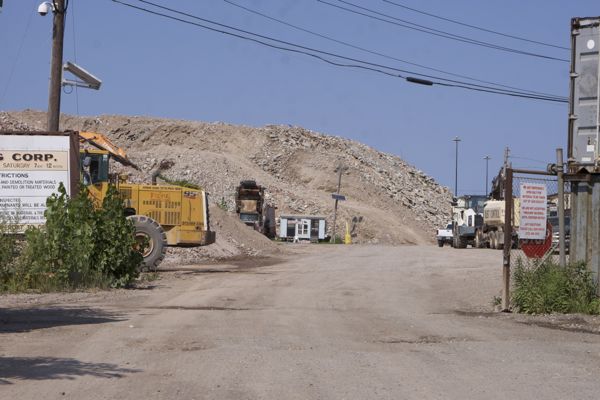
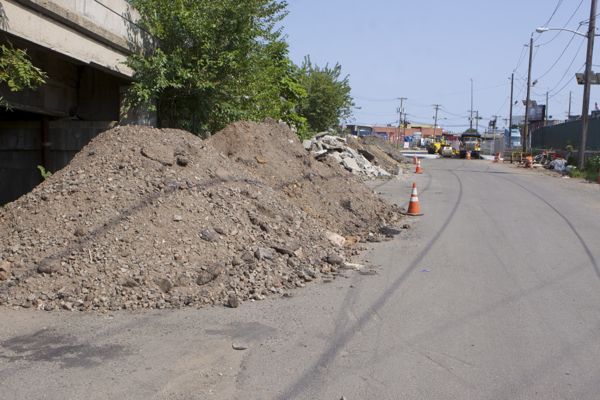
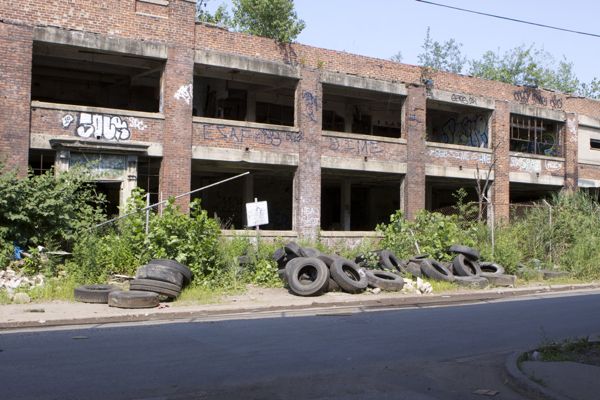
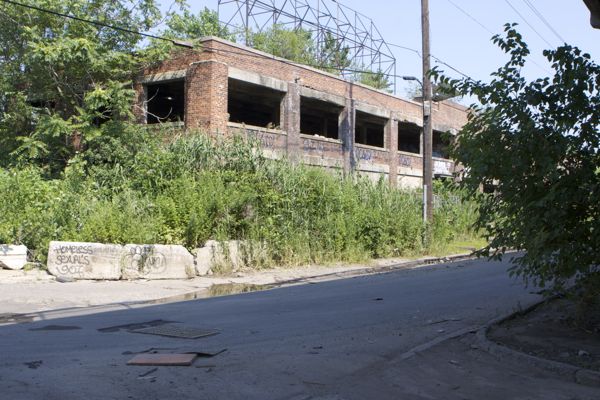
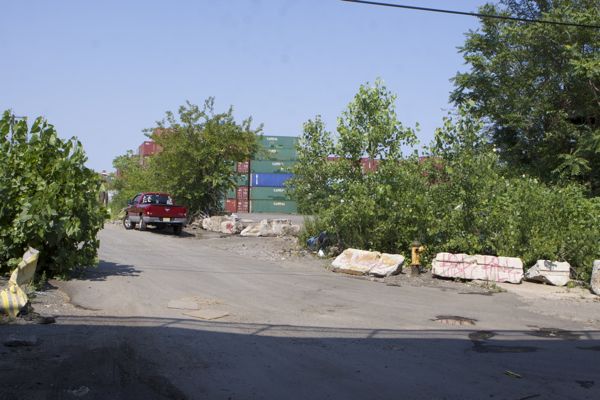
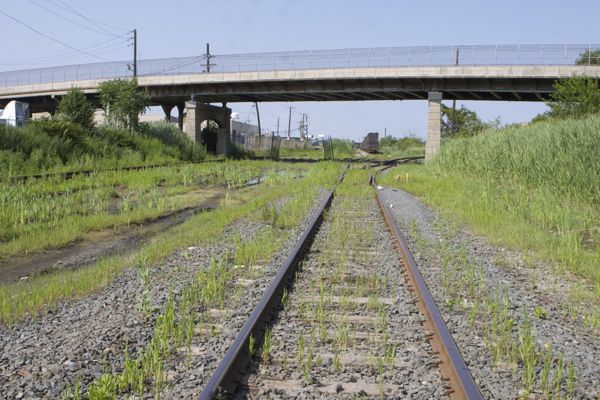
Great stuff.